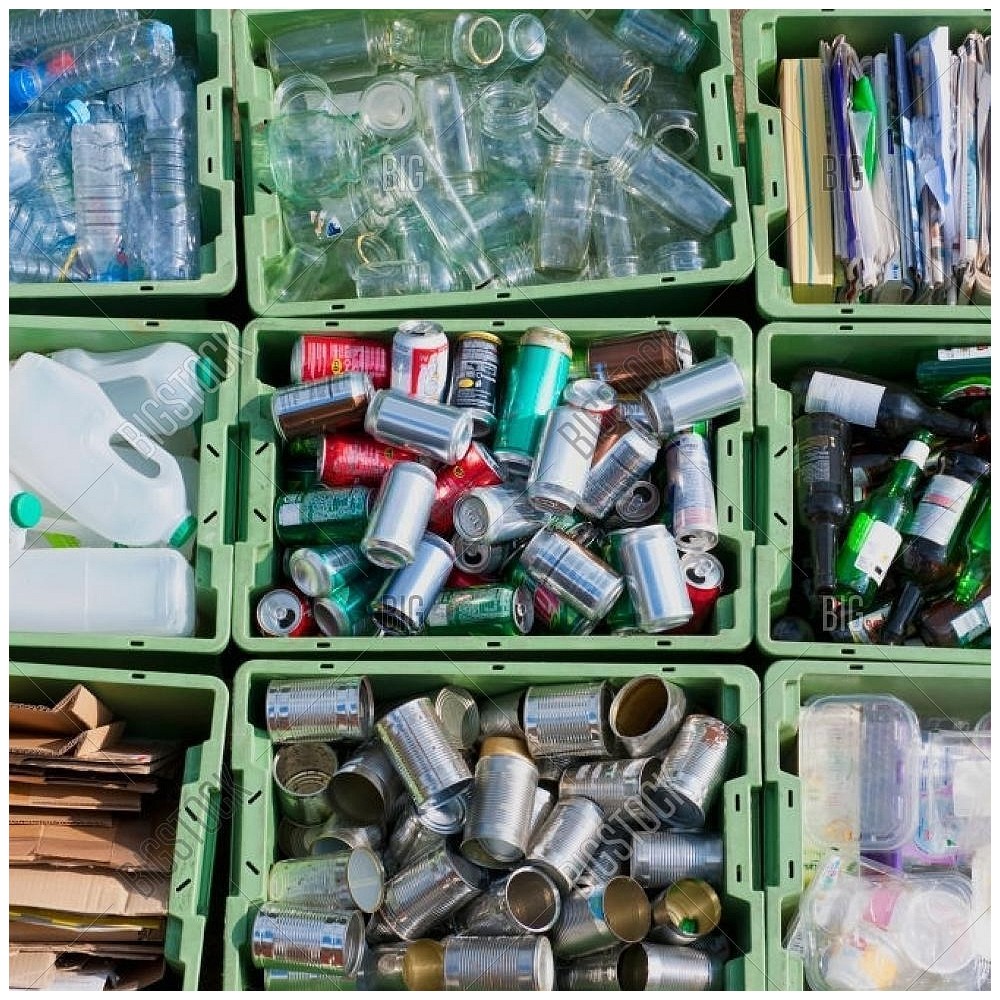Collection, removal and processing of non-hazardous waste.
Our company has been collecting and processing different types of materials for many years
Through precise sorting, separating, cutting, grinding, breaking down and pressing, the materials are prepared for recycling or further processing.
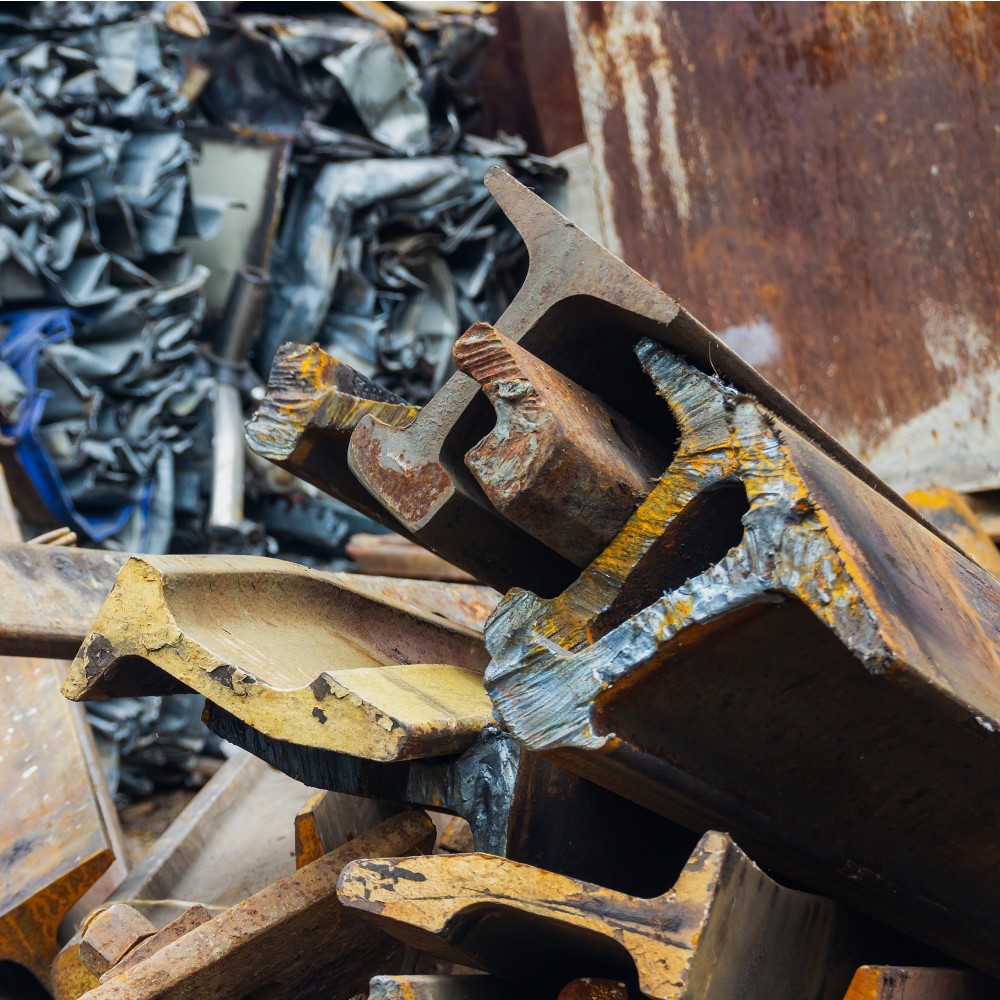
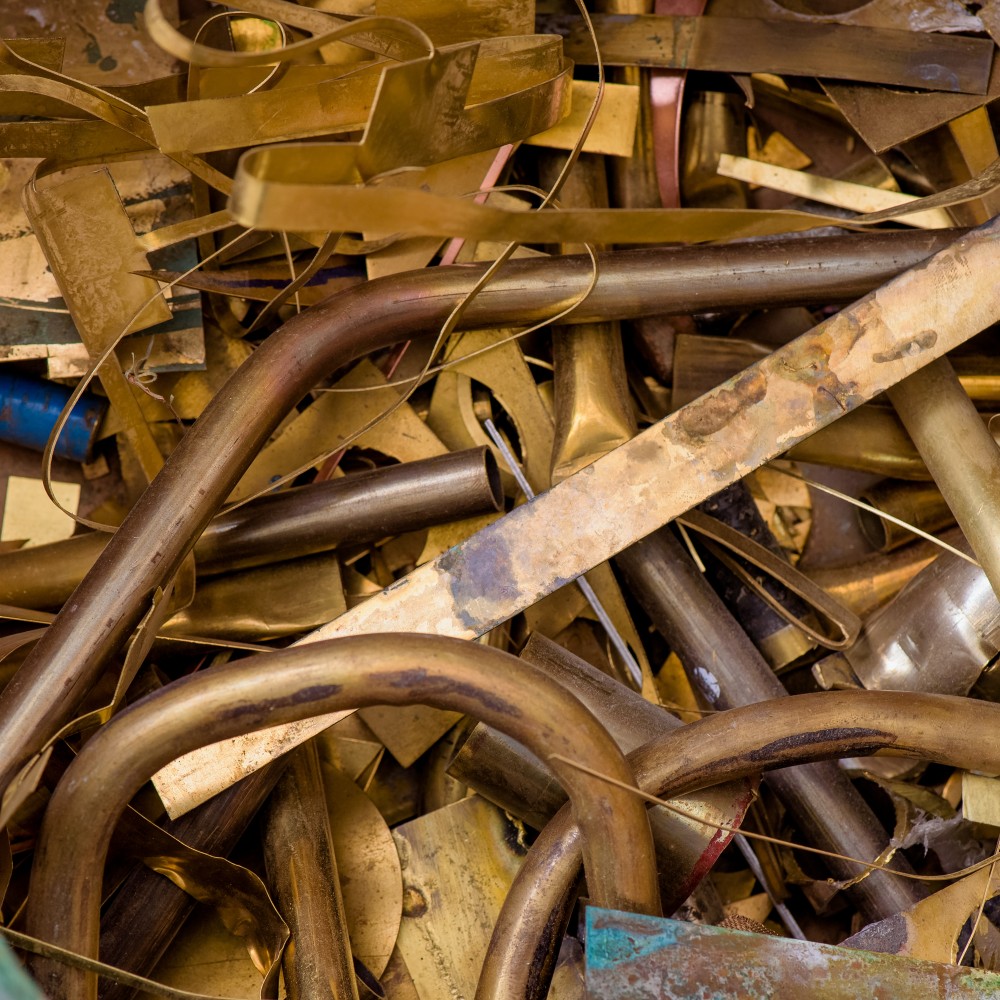
FERROUS METALS
contain iron, but also a small proportion of other metals that give the ferrous metal a certain desired property.
NON-FERROUS METALS
are substances that do not contain iron. Non-ferrous metals include: aluminium, copper, lead, nickel, tin, zinc, titanium, bronze, brass, etc.
Metals - did you know?
- Humans have been using metals since 6000 BC, first copper, then tin, and by melting them together, creating bronze. The metals were used to make tools, weapons, dishes, cutlery and jewellery.
- Iron is the fourth most abundant element in the Earth's crust, while the Earth's interior is mainly made up of iron and nickel.
- In the Slovenian town Kropa, nails were being made as early as in the 13th century.
- Iron is the most commonly used metal, accounting for 95% of global metal production. Its low cost and strength make it indispensable in applications such as engineering, construction, shipbuilding and the automotive industry. As pure iron is very soft, it is most often alloyed with other metals.
GLASS
It is an amorphous solid with a wide range of applications. We accept car glass, construction glass, municipal glass and glass packaging.
Glass - did you know?
- Glass is made using a simple recipe. The first three ingredients, sand, soda and limestone, are in all types of glass, while the fourth ingredient are the chemicals that give the glass its colour.
- Glass can be recycled endlessly without any loss in quality. It can be fully recycled.
- It takes more than a million years for glass to decompose.
- It takes 140 litres of petroleum to make one tonne of new glass.
- Recycling 1 kg of glass packaging saves 300 g of CO2 emissions and 1/3 of the energy needed to make bottles from ore.
- Recycling 1 bottle saves enough energy to run a computer for 30 minutes.
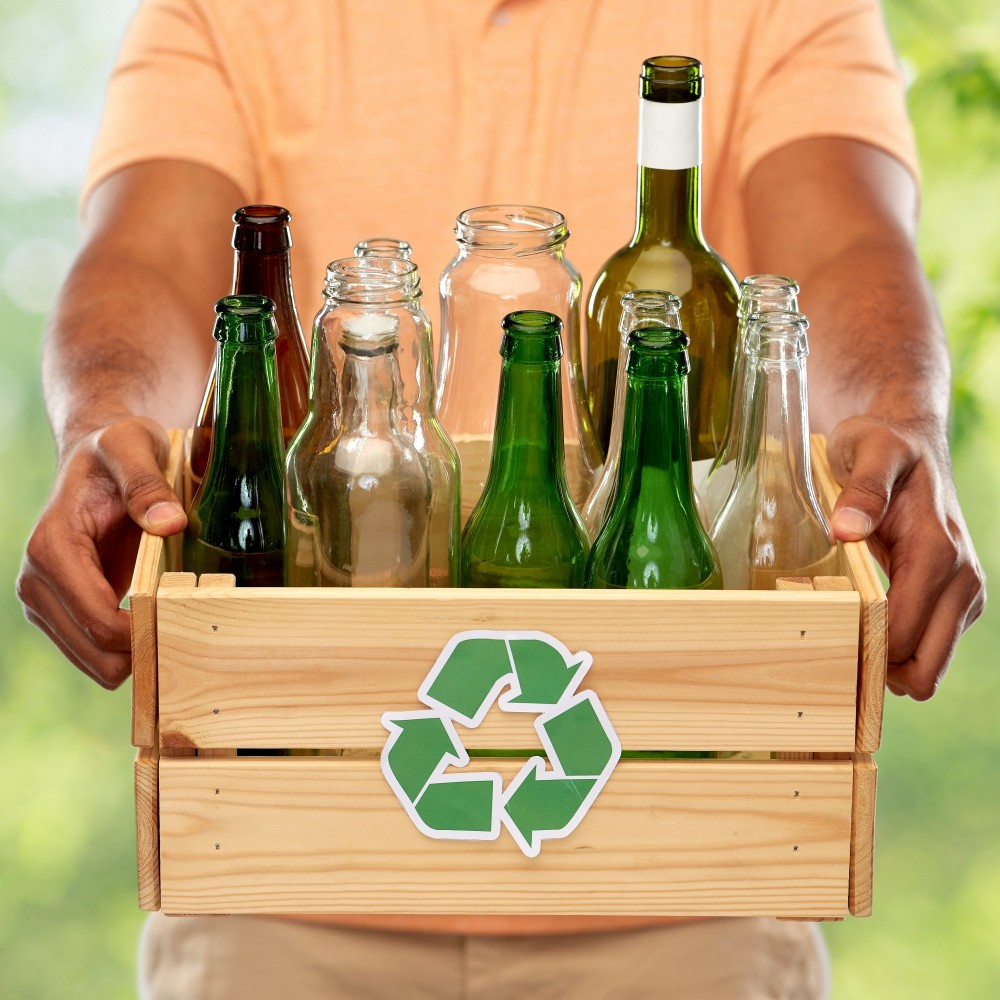
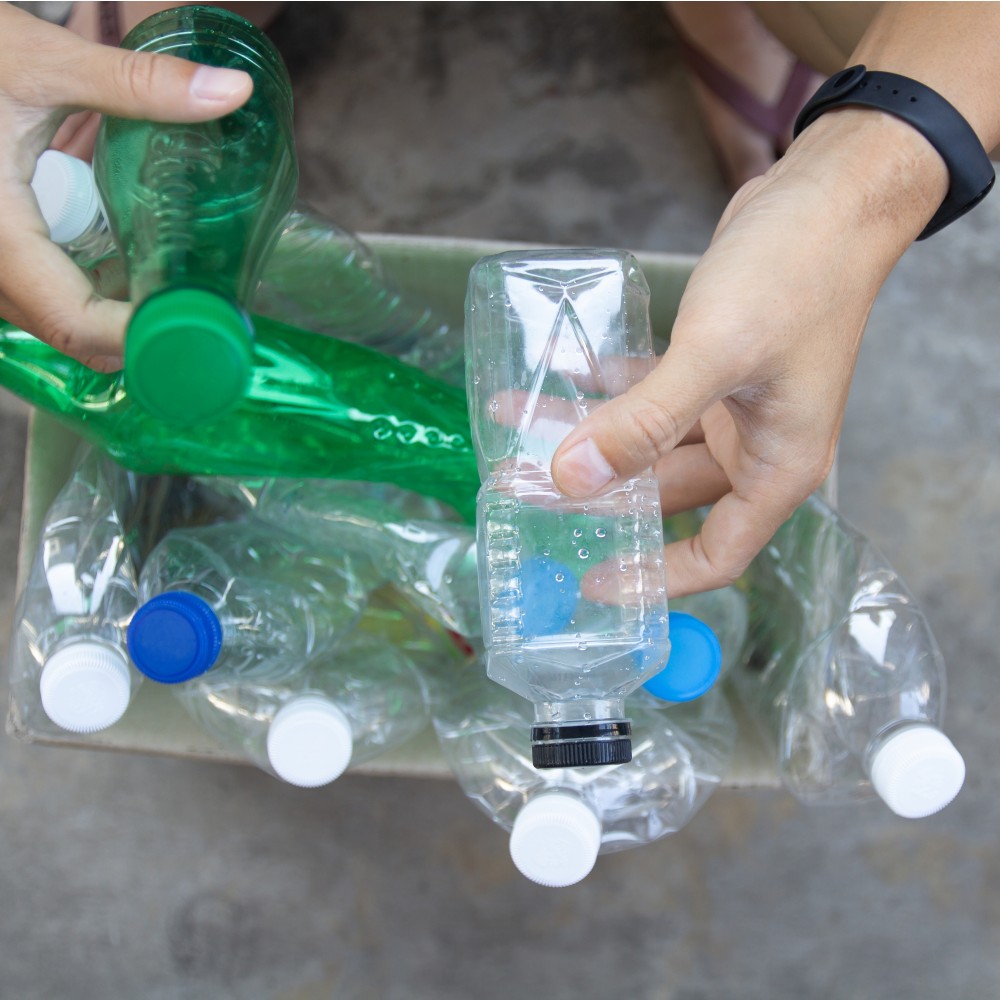
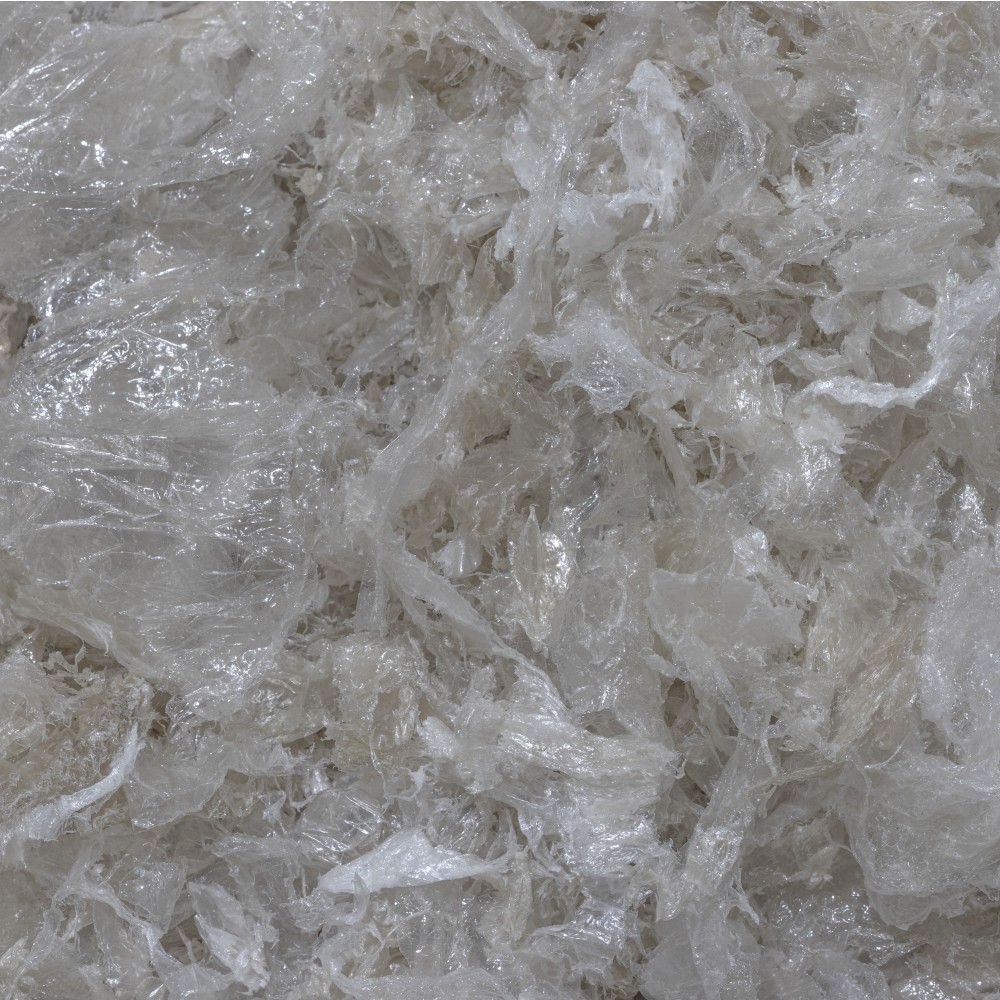
PLASTICS
Depending on the type of material, plastics are divided into:
PET: polyethylene terephthalate. PET is used for beverage bottles, for example. The material is recyclable.
HDPE: high-density polyethylene
LDPE: low-density polyethylene
PP: polypropylene
PS: polystyrene
PVC: polyvinyl chloride
Plastics - did you know?
- Plastic consumption has increased dramatically in recent decades. Since 1958, we have produced 8.3 billion Tons of plastic products.
- In Europe, most plastics are still burned, less than a third are recycled.
- 90% of plastic packaging is thrown away immediately after its first short use.
- The use of certain single-use plastic products has been banned in Slovenia since September 2021 (e.g. cotton buds, plastic cutlery, straws and stirrers for drinks, etc.).
WOOD
Wood is an organic material. We accept the following waste wood: wood waste from woodworking and processing of wood, particle board and furniture production, wood packaging, construction timber, municipal wood.
Wood - did you know?
- Wood has been one of the most important building materials throughout the history of mankind, it is also one of the most important sources of energy.
- In Slovenia, enough wood grows every second to make a large wardrobe, but we only use the equivalent of wardrobe shelves.
- A 10% increase in new wooden buildings in Europe would mean 25% less CO2 in the atmosphere.
- Slovenia is the third most forested country in Europe and has large timber reserves.
- Wood is naturally renewable and recyclable, has a positive effect on our well-being, giving us a feeling of warmth, has an anti-stress effect, is a natural insulator (15 times better than concrete, 400 times better than steel and 1770 times better than aluminium), is allergy-free and generally increases our living comfort.
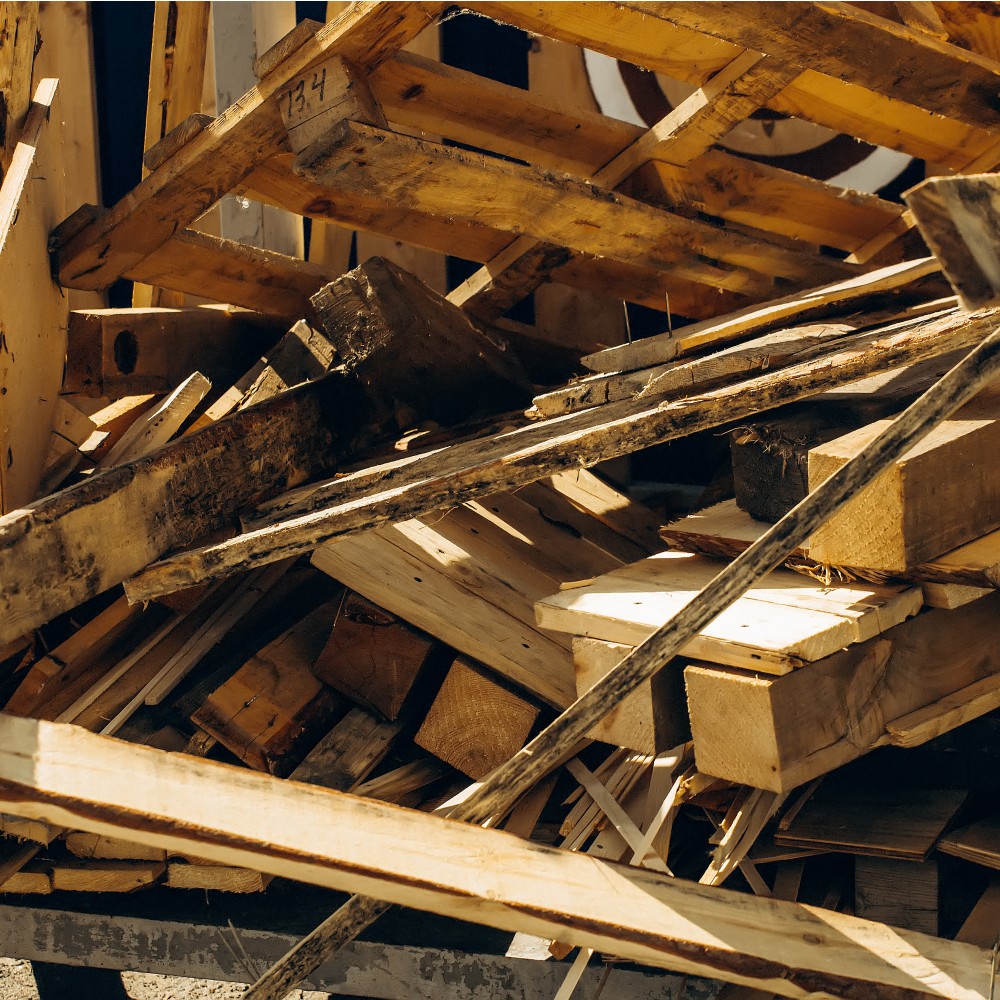
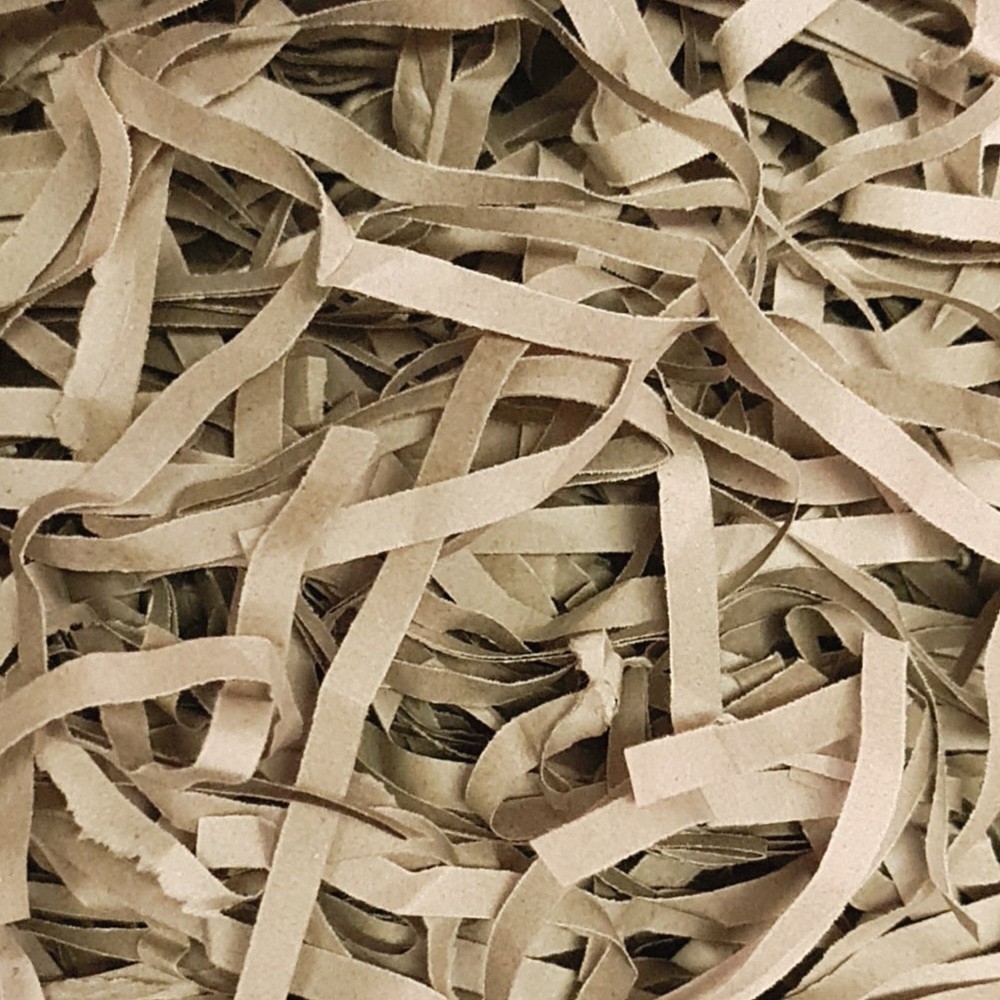
PAPER, CARDBOARD AND PAPERBOARD
Of all recyclable materials, this waste material has the highest collection and recycling rates. The same material can be recycled up to seven times. We take cardboard and paper packaging, magazines, newspapers, books, notebooks, archive paper (in binders), industrial paper and cardboard waste and paperboard.
Paper - did you know?
- Paper is one of the most useful and important materials discovered by man. It is an important evidence-bearer of our civilisation.
- Despite the rapid development of digital technology, paper consumption is increasing.
- Paper records can be preserved for 100 years or more.
- In Slovenia, the first to make paper was Master Pankrac from Fužine in Ljubljana, who made it by hand in 1579, while the first records of papermaking date back to China at the beginning of our common era.
PACKAGING WASTE
To manage your obligations regarding waste packaging of all types, follow the link: www.embakom.si
